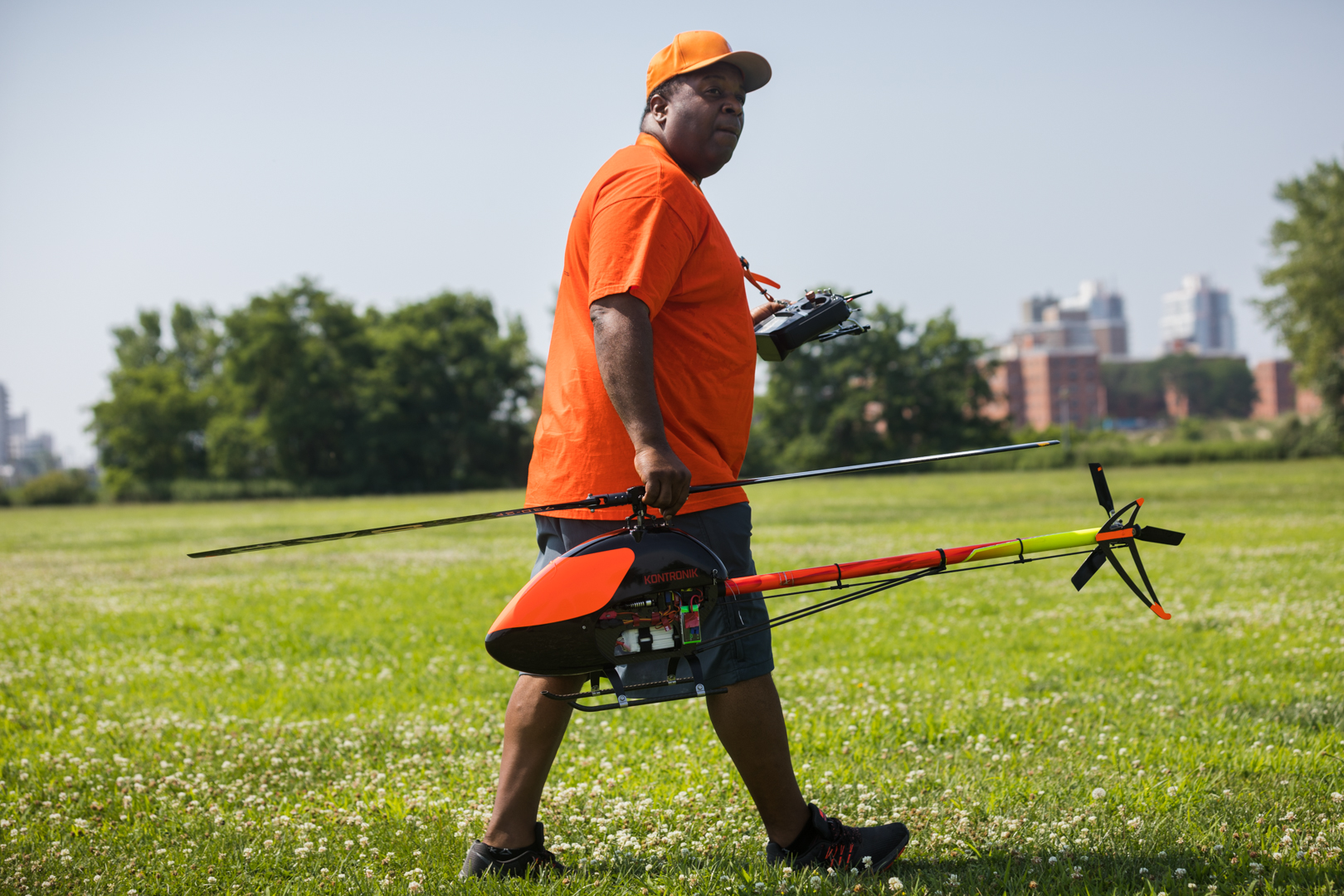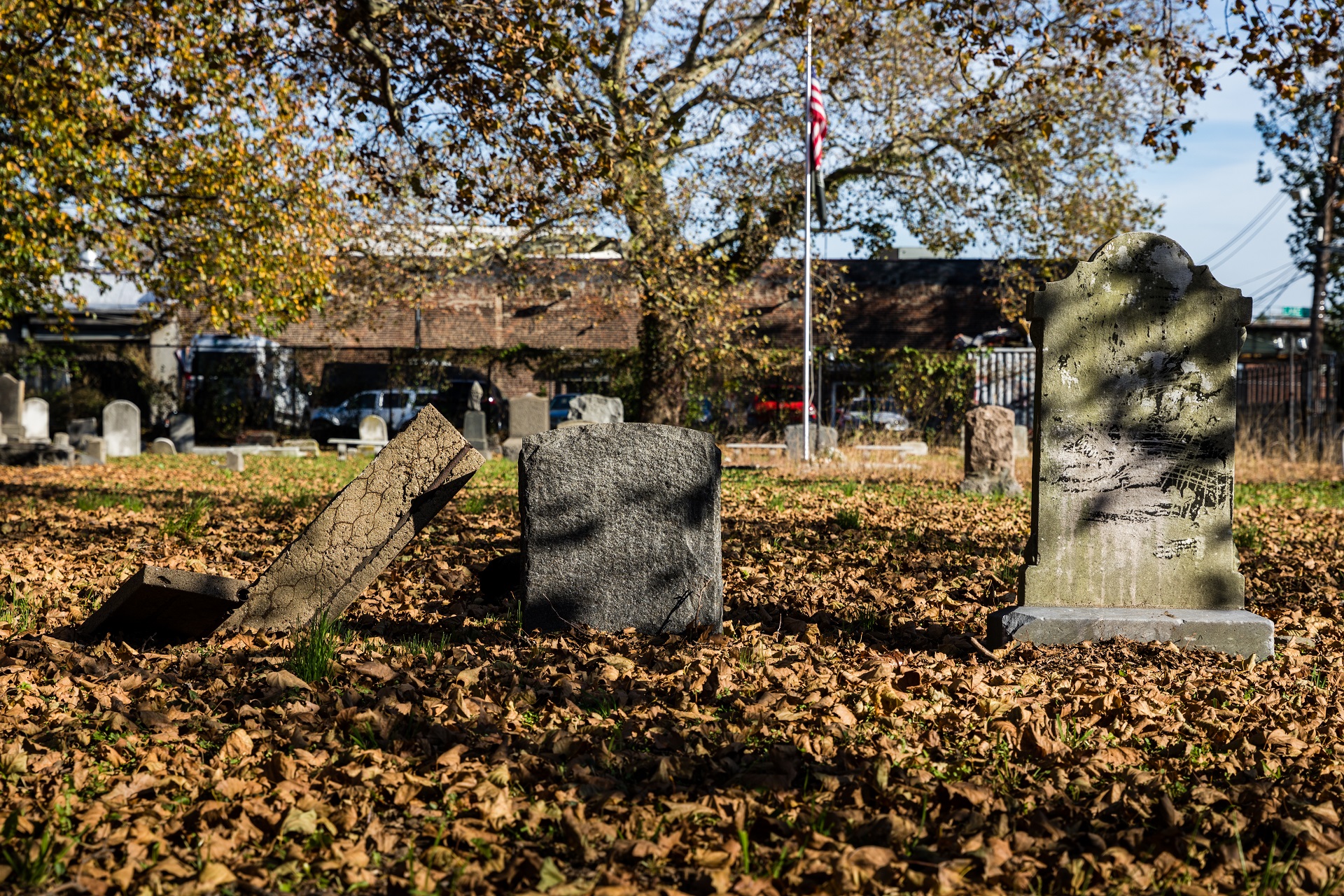Brooklyn’s tiniest air force: Inside a remote-control helicopter club

On a summer Saturday with a heat index of 106 degrees, a trio of men gathered at the far end of Calvert Vaux Park, stood in a line with remote controllers in their hands and created a symphony of buzzes and whirs overhead as their three-foot-long electric helicopters hovered into the air.
“It’s nice to have a piece of technology in your hand that you built, you adjusted and you learned to fly,” said Glen Byrd, a member of Seaview Rotary Wings, a group that promotes remote-control flying (also called RC flying) in the southern Brooklyn park. “It’s kind of like an addiction, I think — but a good one.”
As drones — the sleeker cousins of these electric helicopters — become cheaper and more widespread among hobbyists and filmmakers, the culture of RC flying has surged into the public sphere. And while Calvert Vaux Park’s field is one of the few places in New York City where people can fly drones legally, its air space is still mostly filled with homemade RC helicopters that take tack-sharp concentration to keep airborne.
